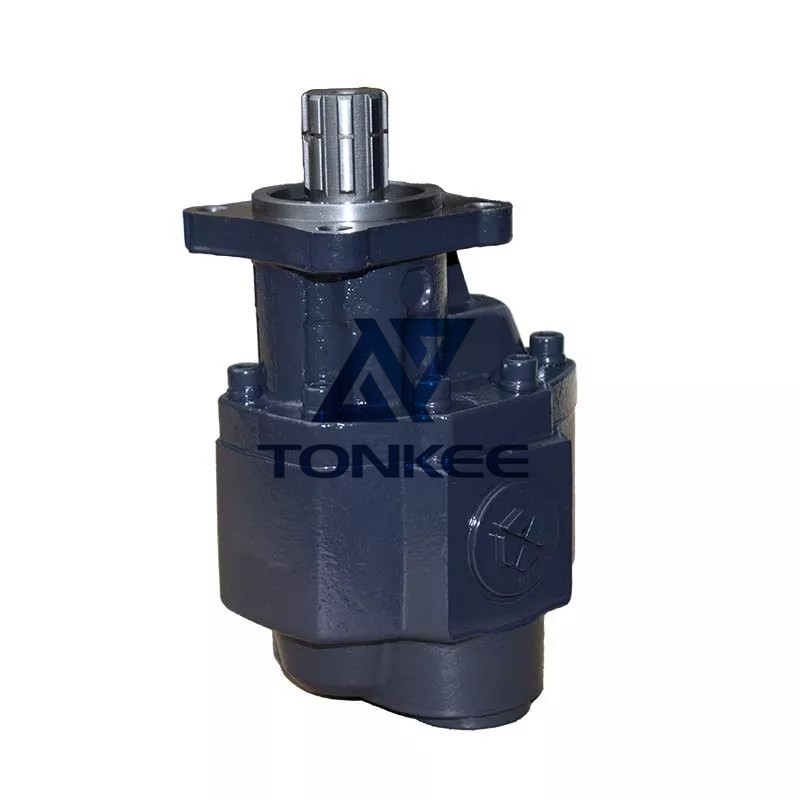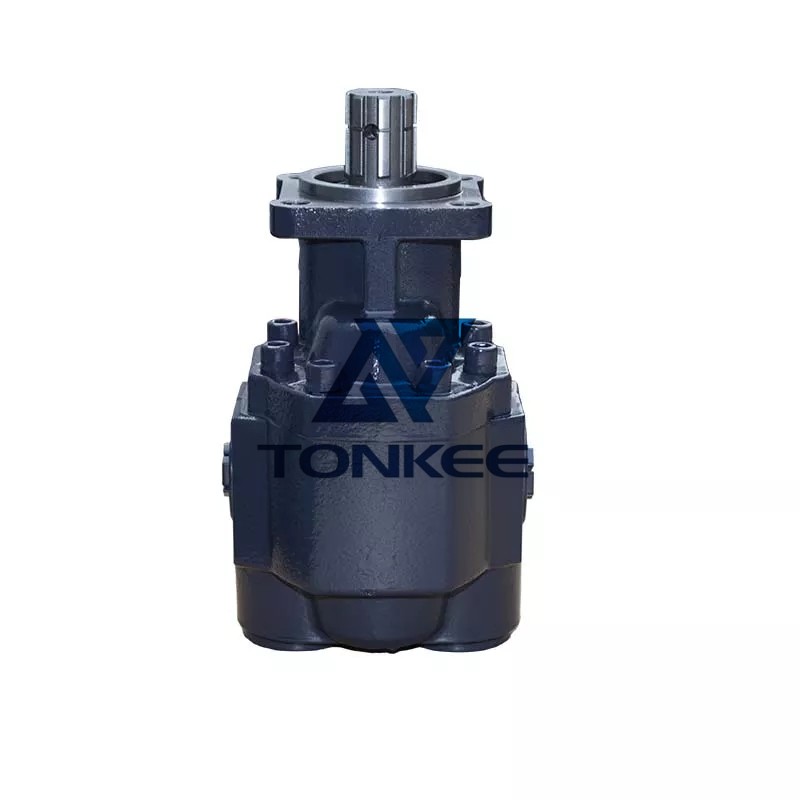
Flow Rate: Hydraulic gear pumps in this range typically offer flow rates ranging from 5 to 30 gallons per minute (GPM).
The flow rate is a critical parameter as it determines how much hydraulic fluid the pump can move, influencing the speed and efficiency of hydraulic system operation.
Pressure Rating: These pumps are designed to handle various pressure requirements, typically ranging from 1,000 to 3,000 pounds per square inch (PSI). The pressure rating depends on the specific design and application needs, ensuring that the pump can handle the demands of the system without failure.
Displacement: The displacement capacity of hydraulic gear pumps is measured in cubic centimeters (cc) per revolution. In this range, you'll find pumps with displacements between 32cc and 100cc, allowing for flexibility in matching the pump to the system's requirements.
Construction Material: These pumps are typically constructed with high-quality materials, including cast iron, aluminum, or other robust alloys. The choice of material depends on the intended application, as some materials are better suited for durability and resistance to various fluids and environmental conditions.
Seal Types: Hydraulic gear pumps utilize various types of seals to prevent fluid leakage and maintain system efficiency. Common seal options include lip seals, O-rings, and gaskets. The choice of seal type is vital to ensure the pump's reliability and longevity.
Mounting Options: Hydraulic gear pumps come in different configurations to facilitate easy installation. Common mounting options include SAE flanges, bolt-on, and cartridge-style designs. The choice of mounting option depends on the specific application and space constraints.
Direction of Rotation: These pumps can be designed for either clockwise or counterclockwise rotation.
The direction of rotation should be compatible with the system's requirements and other components.
Viscosity Range: Hydraulic gear pumps are capable of handling a wide range of hydraulic fluids with varying viscosities. This versatility ensures that they can function effectively in different industries and applications.
Temperature Range: These pumps are designed to operate in various temperature environments, ranging from extreme cold to high heat. Temperature considerations are crucial for long-term reliability and performance.
Noise Levels: Some hydraulic gear pumps are engineered to operate quietly, which is essential in applications where noise reduction is a priority. Reducing noise can improve the working conditions for operators and minimize disturbances in residential or commercial areas.
Efficiency: Hydraulic gear pumps are known for their high volumetric efficiency, which is the ratio of the pump's actual output flow to its theoretical output flow. This efficiency is essential for maximizing the performance of hydraulic systems while minimizing energy consumption.




 English
English Русский язык
Русский язык



